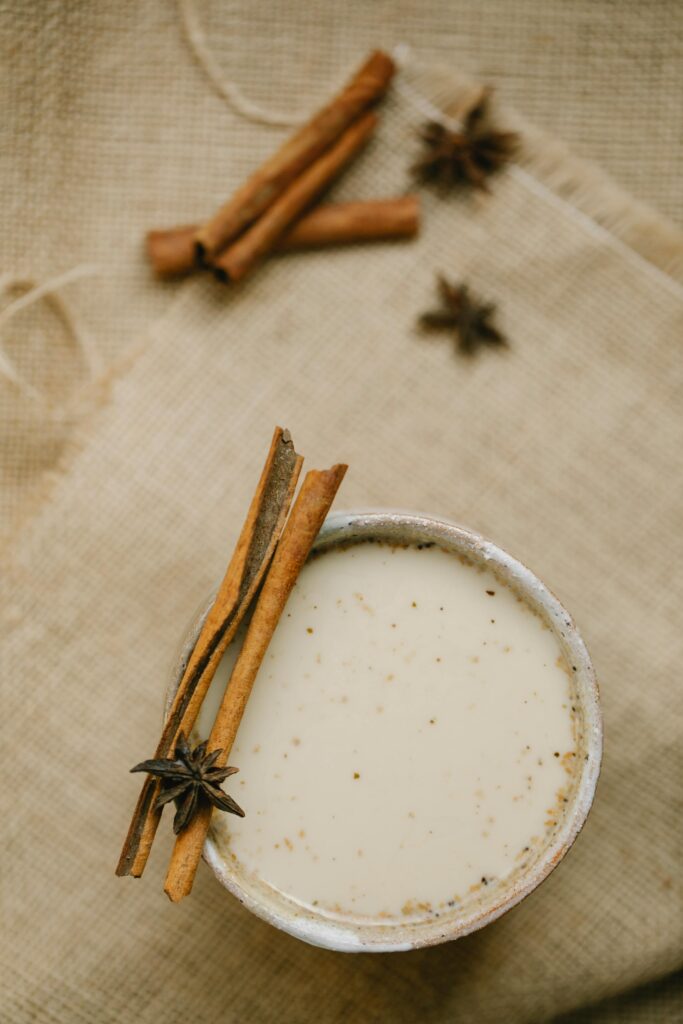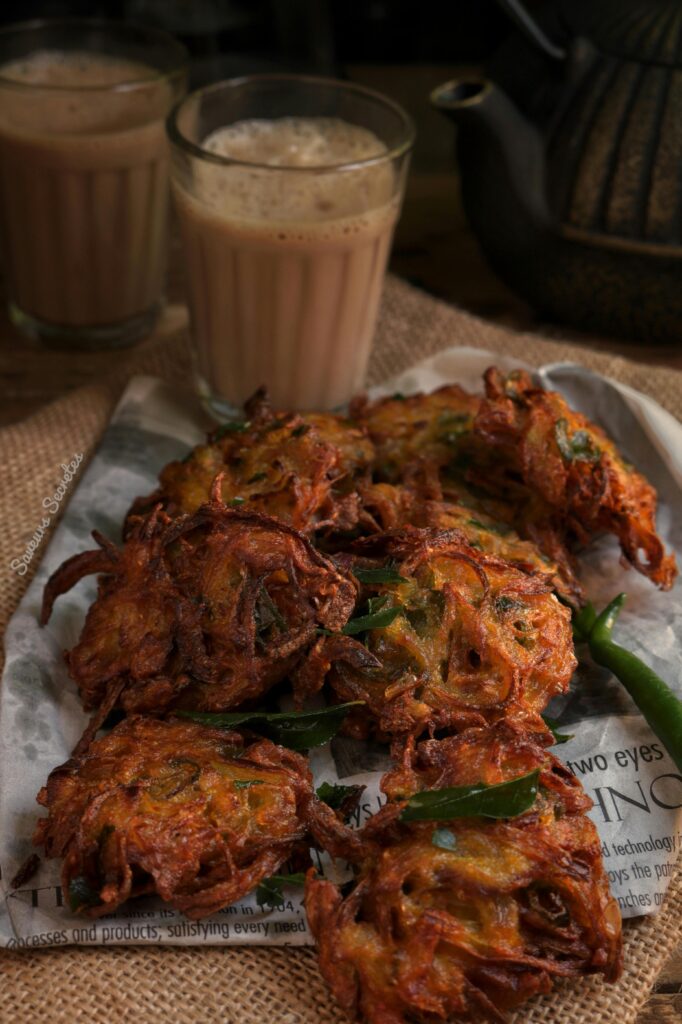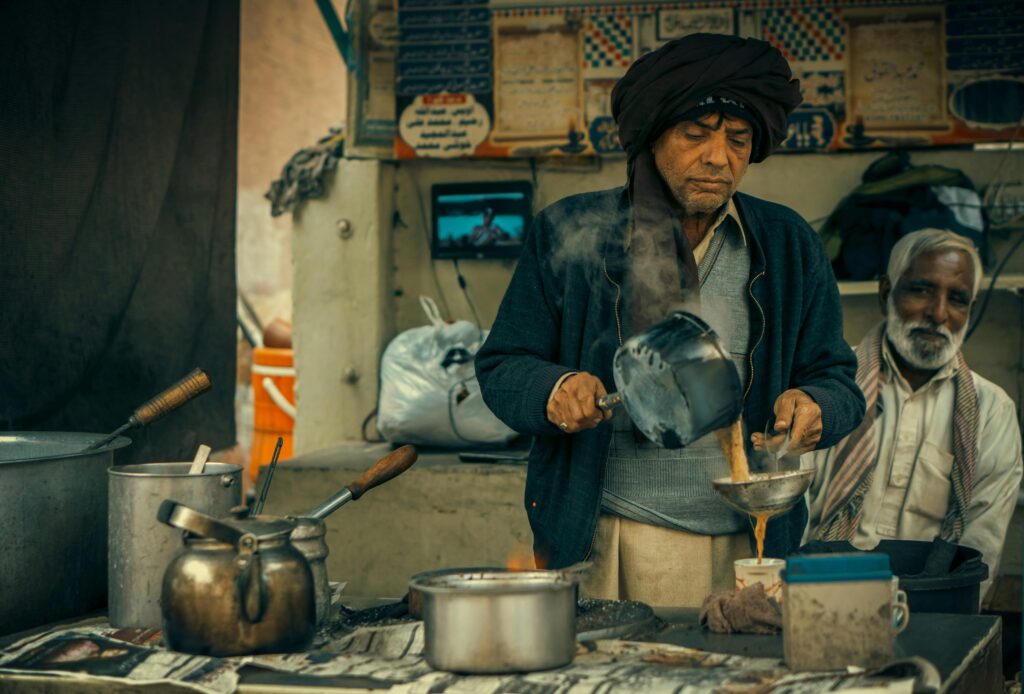If there’s one drink that defines Pakistani mornings and evenings, it’s doodh patti chai. Unlike regular tea, this special blend uses milk as the main base instead of water, creating a rich, creamy, and comforting flavor. Whether served at a roadside dhaba or in a cozy home, doodh patti holds a unique place in Pakistani culture. But what’s the real secret to making it taste just like the locals brew it? Let’s find out.
What Is Doodh Patti Chai?
The Difference Between Doodh Patti and Regular Chai
Most teas worldwide are brewed in water first, with milk added afterward. Doodh patti flips this method on its head. Instead, tea leaves are directly brewed in milk, giving the chai a stronger, creamier flavor and a deep caramel-like color.
Cultural Importance of Doodh Patti in Pakistan
In Pakistan, doodh patti isn’t just a beverage—it’s a symbol of hospitality and warmth. Guests are often welcomed with a steaming cup, and tea stalls (known as dhabas) thrive on serving doodh patti to locals from dawn till midnight.
Ingredients You Need for Authentic Doodh Patti Chai
The Best Tea Leaves to Use
Loose black tea works best, especially strong blends like Assam or local brands popular in Pakistan (Tapal Danedar, Lipton Yellow Label). Avoid weak teas, as doodh patti demands a bold flavor.
Choosing the Right Milk for Creaminess
Whole milk is ideal for a rich and creamy texture. Skim milk tends to make the tea watery, while full-fat milk enhances the traditional taste.
Optional Additions: Spices and Sweeteners
- Sugar (traditionally added generously)
- Cardamom for aroma
- Ginger or cinnamon for warmth (optional)

Step-by-Step Guide: Making Doodh Patti Chai Like a Local
Step 1: Boiling the Milk
Pour one cup of whole milk into a saucepan and bring it to a gentle boil. Keep an eye on it, as milk tends to overflow quickly.
Step 2: Adding the Tea Leaves
Add one heaping teaspoon of loose black tea per cup. Stir well to let the leaves release their color and flavor.
Step 3: Controlling the Heat and Simmering
Simmer on low heat for 5–7 minutes. The longer it simmers, the stronger and creamier it becomes. This slow process is the real secret behind authentic doodh patti.
Step 4: Straining and Serving
Strain into cups using a fine mesh strainer. Serve hot, with sugar according to taste.
Pro Tips for the Perfect Cup of Doodh Patti Chai
- Strength & Color: Simmer longer for a deep golden-brown hue.
- Sweetness: Add sugar during brewing, not afterward, to balance flavors.
- Consistency: Stir occasionally to prevent milk from sticking to the pot.
Common Mistakes to Avoid When Making Doodh Patti Chai
- Using too little tea leaves (results in weak flavor).
- Rushing the simmering process (flavor doesn’t fully develop).
- Using watery or skim milk (chai won’t be creamy).
- Adding tea bags instead of loose tea (lacks richness).
Best Snacks to Pair with Doodh Patti Chai
- Parathas (buttery flatbread)
- Samosas and pakoras
- Biscuits or cake rusks
- Bread omelet (anda paratha)
These snacks elevate the chai experience, making it more filling and satisfying.

Health Benefits and Downsides of Doodh Patti Chai
- Benefits: Boosts energy, aids digestion (with spices), comforting for stress.
- Downsides: High sugar content and calories if consumed excessively.
FAQs About Doodh Patti Chai
Can I Make Doodh Patti with Plant-Based Milk?
Yes, but it won’t taste exactly the same. Oat milk or soy milk works best for creaminess.
Is Doodh Patti Stronger Than Regular Tea?
Yes, because it’s brewed entirely in milk, making it richer and more concentrated.
Can I Use Tea Bags Instead of Loose Tea?
You can, but loose tea gives a stronger, more authentic flavor.
How Many Calories Are in a Cup of Doodh Patti Chai?
On average, one cup with sugar has around 150–180 calories.
What’s the Best Time of Day to Drink Doodh Patti?
Evenings with snacks—or mornings for a refreshing start.
How Do I Make Doodh Patti Chai Without Sugar?
You can skip sugar or replace it with honey or stevia for a healthier version.
Conclusion: Mastering the Art of Doodh Patti Chai
The secret to doodh patti chai lies in its slow simmering process, the right balance of tea and milk, and the cultural love poured into every cup. Whether you enjoy it at a roadside dhaba or make it at home, doodh patti is more than tea—it’s an experience that connects people, sparks conversations, and keeps traditions alive.
Next time you crave a warm, creamy tea, skip the shortcuts and brew doodh patti chai the local way.
: BBC Travel – Why Pakistan is a nation of tea lovers
read more:
- Pakistani Chai Explained: History, Culture & Recipes
- tea for beginners
- pakistani vs indian chai
- types of chai
- chai in literature
- chai in subcontinent
- Karak or Masala Chai: Which One’s better?
- masala chai
- From Clay Pot to Cup – The Story of Pakistan’s Matka Chai
- Pakistani Tea Guide: Doodh Patti vs Chai
- Make Perfect Pakistani Chai – A Recipe Loved for Generations
- Why Chai Is More Than Just Tea in Pakistan
- Essential Chai Accessories Every Tea Lover Needs
